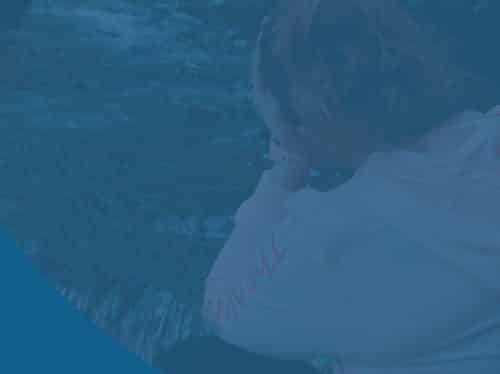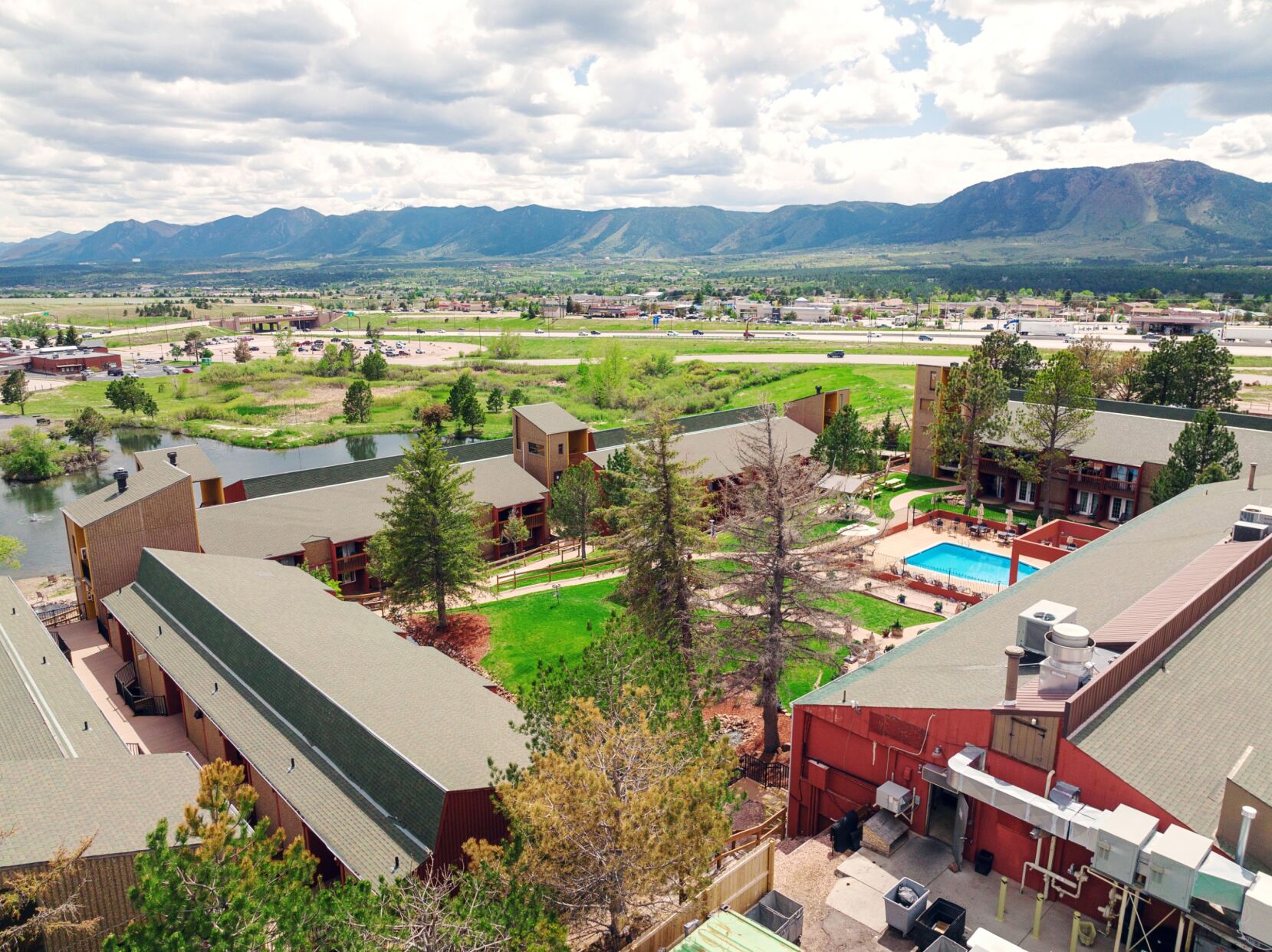Halcion comes from the family of benzodiazepines. It is a potent drug which can become addictive within just two weeks of use. There are also cases where individuals taking Halcion with other prescription medications become dependent on the drug.
The fact that the people who stop using are unable to function, feel helpless, and experience withdrawal symptoms indicates addiction.
People who take Halcion longer than the prescribed period or at a higher dosage may rapidly develop tolerance to the drug, but even individuals who only take the doctor’s recommended dose for the recommended time may become addicted to the drug.
Among the signs of Halcion addiction are:
- You crave Halcion when not taking it.
- You take a long time to recover from Halcion use effects.
- You’ve repeatedly tried and failed to stop your Halcion use.
- You need more Halcion to feel its effects.
- You neglect important obligations because of your Halcion use.
Understanding Halcion
Halcion is a brand name for triazolam, a benzodiazepine tablet that slows down hyperactive brain activity, making it easier to sleep. One of Halcion’s street names is “Up Johns”.
Compared with other benzos, Halcion has a much shorter half-life. It only remains active in the body for about an hour or two while the other benzos last up to 70 hours. It is uncommon for doctors to prescribe Halcion for more than 7-to-10 days given its potency and addictive potential.
Moreover, it will no longer be as effective for inducing sleep if taken for a longer period of time, prompting individuals to increase the dose. This may cause daytime anxiety, indicating addiction.
Signs of Halcion Abuse
Halcion has a gentle and calming effect on the body. Users feel no worries and their moods are enhanced. Many use this drug just to help them fall asleep and may not even realize they have become addicted.
At higher doses, Halcion may cause euphoria, even hallucinations. People already addicted to other benzos may switch to Halcion because of its higher potency and quicker effects. Once addiction takes hold, however, users may find they need Halcion just to function normally.
Signs of Halcion addiction include:
- Dilated pupils
- Drowsiness
- Vomiting
- Slow breathing
- Lack of coordination
- Slurred speech
[contact_form_cta_shortcode]
The Dangers of Halcion
Halcion addiction is dangerous because among its side effects is an advanced form of sleepwalking in which the user performs complex actions without remembering them, actions such as having sexual relations, preparing and eating food, making phone calls, and driving a cat.
Halcion also slows down the activity in the central nervous system, including brain activity and breathing. and respiratory depression. An overdose may cause coma or stop the user’s breathing. The United Kingdom banned Halcion because of these and other side effects.
Halcion can also cause:
- Nausea and vomiting
- Sweating
- Stomach cramps
- Anxiety
- Insomnia
- Seizures
- Hallucinations
- Suicidal thoughts
Withdrawal and Treatment
Halcion’s intense withdrawal symptoms make breaking the cycle of addiction a challenge. If the individual was using Halcion to sleep, withdrawal may mean insomnia comes back full-force for several days. Quitting cold turkey can even be life-threatening.
A slow and steady approach to withdrawal may be needed. Treatment specialists from Mountain Springs Recovery can assist you efficiently to lessen the effects of the withdrawal symptoms.[/vc_toggle]Duration of Withdrawal
Halcion is a potent drug with rapid absorption. Withdrawal from the drug begins within a matter of a few hours but does not last as long as other, long-acting benzos, sometimes as little as five days to two weeks.
Two factors contributing to the duration of withdrawal are the frequency and length of its usage. Some may go through withdrawal after using Halcion for just two weeks. The longer you used and the more you used, the longer the detox and withdrawal last.
Halcion Withdrawal Timeline
Here is what you can expect when withdrawing from Halcion:
[content_left_box_right_cta_shortcode]
Recognizing a Halcion Addiction
People who use Halcion for more than 10 days may be addicted. It is almost never prescribed for longer than that because of the quick onset of tolerance and risk of dependence.
Behaviors that may indicate Halcion addiction include:
- Refusing to go anywhere without Halcion
- Being confused and detached from reality
- Going to extreme lengths to get Halcion
Addiction experts and professionals from Mountain Springs Recovery use these and other scales in the Diagnostic and Statistical Manual of Mental Disorders to ascertain a Halcion addiction.
If you suspect that your loved one or someone you know has issues with Halcion, you must communicate your worries to them. If you’re worried they won’t accept your concerns, stage an intervention with friends, family, and an addiction professional. This may help users realize the extent of their addiction and give them clarity.
While it may not be possible to perform an intervention when they are completely sober, if they have just used Halcion they will most likely feel drowsy and will have a hard time staying focused. The best time for an intervention is when they are less intoxicated.
Halcion (Triazolam) Addiction Treatment
Letting go of Halcion means overcoming the psychologically and physically addictive properties of this drug. It is not easy to go through the physical symptoms – hallucinations, muscle spasms, suicidal thoughts, and even catatonic episodes among heavy users. Thus, addiction experts and professionals are necessary.
During detoxification, medical practitioners often prescribe less potent benzos like Valium to reduce the dangers of the withdrawal symptoms and the users’ discomfort.
Once the users get over their physical addiction, they should undergo therapy and support sessions to attend to their cravings, psychological symptoms, and possible co-occurring disorders through cognitive-behavioral therapy. Co-occurring disorders are mental health issues that may be triggered by or a trigger for Halcion use.
Treating Halcion addiction is not a one-size-fits-all treatment. There are other aspects of the condition that needs to be considered such as dependence on other substances and co-occurring disorders. It is of extreme importance to have a treatment that looks into all of an individual’s needs to ensure a lasting recovery and sobriety.
Clients may opt for inpatient rehab with around-the-clock care, typically between one and three months, though it can be extended if the addiction is severe.
Get Help Now
You can get sober and overcome Halcion addiction with the right will, commitment, and a reliable addiction treatment partner.
At Mountain Springs Recovery, we provide the most luxurious and convenient treatment for you, your loved one or someone else you know. Detox and withdrawal are hard, but they needn’t be completely uncomfortable.
We have private rooms complete with soft linen, delicious and nutritious meals brought in, highly professional and licensed addiction practitioners on staff, and luxurious amenities perfect for your time while in recovery.


